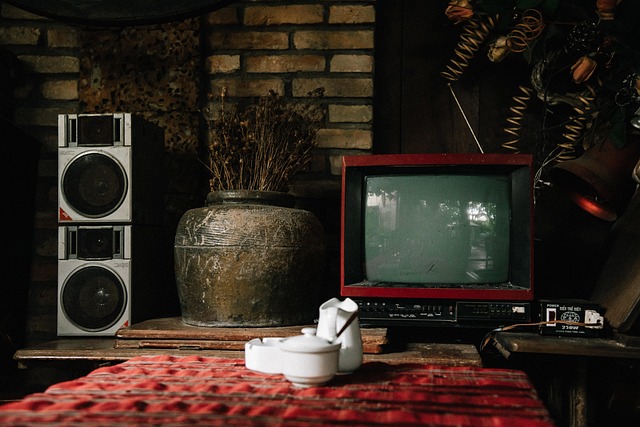The world of television has undergone a profound transformation over the decades, encapsulating not just a shift in technology, but a dramatic evolution in aesthetics that resonates deeply with viewers. As we journey through the timeline of TV aesthetics, we’re not just observing shifts in design but also reflecting on how these changes influence our perception and appreciation of visual storytelling.
From Technic to Artistry
In the early days of television, the primary focus was on the technic—the mechanics of broadcasting and display. Monitors were bulky, black-and-white screens that prioritized functionality over flair. The aesthetic experience was limited; color was a rare treat, and resolution was grainy at best. Early TV aesthetics were grounded in simplicity, catering to the need for information and entertainment through straightforward imagery.
As technology advanced, alongside innovations in display technology, we saw a gradual shift towards visualization that not only enhanced the viewing experience but also infused artistry into television aesthetics. The introduction of color TV in the 1950s marked a pivotal point, allowing for a richer, more immersive experience. Colors breathed life into content, transforming ordinary narratives into vibrant stories that gripped audiences like never before.
The Impact of Display Technology
The evolution of display technology has played a crucial role in redefining TV aesthetics. The transition from CRT (cathode ray tube) to LCD (liquid crystal display), LED (light-emitting diode), and now OLED (organic light-emitting diode) has drastically improved image quality, contrast, and color representation. Each leap in display technology has opened new avenues for creators to express visual themes and ideas, enriching our viewing experience with stunning imagery that captivates and enchants.
With OLED technology, for instance, blacks are deeper and colors more vivid, allowing creators to push the boundaries of what’s possible in visual storytelling. This shift encourages a cinematic quality in even the most routine programming, where every scene is meticulously designed to evoke emotion and resonance with the viewer. Aesthetics are no longer an afterthought; they are a vital component of the narrative itself.
The Role of Aesthetics in Viewer Engagement
Aesthetics now plays a pivotal role in drawing viewers into the narrative. The sleek designs of modern smart TVs, often equipped with ultra-thin profiles and minimalist bezels, lend an air of sophistication that complements our living spaces. We are not just passive consumers; we are emotionally and psychologically engaged by the visual allure of our screens.
In the current landscape, where streaming platforms reign supreme, aesthetics is paramount. Content creators are increasingly aware that audiences are not just watching; they are experiencing. Every shot is crafted with intention, with a focus on color palettes, lighting, and composition that echo the evolution from mere technic to an expressive form of art. This connection between aesthetics and viewer engagement is a testament to the powerful relationship we have with what we see.
Looking Forward
As we anticipate future advancements in display technology and TV production, one thing is certain: the aesthetics of television will continue to evolve. New possibilities will arise, pushing the boundaries of visualization and challenging our understanding of what it means to engage with media. The impact of these changes will be profound, enhancing not just our viewing experience but also shaping the cultural narratives we consume. In the end, the evolution of TV aesthetics reflects a broader journey of innovation, creativity, and connection—a journey that we are all a part of.



